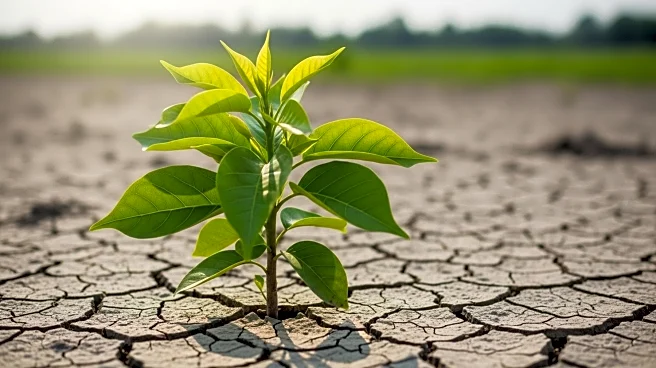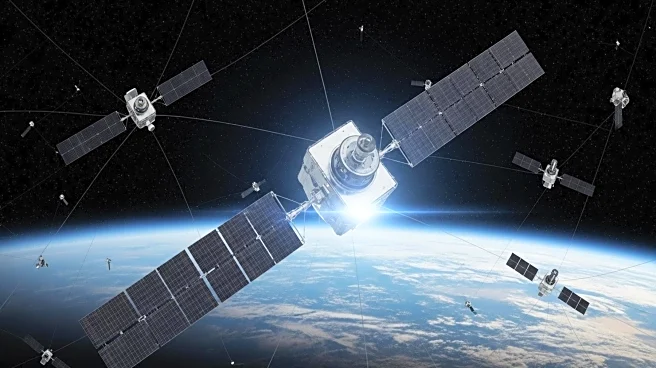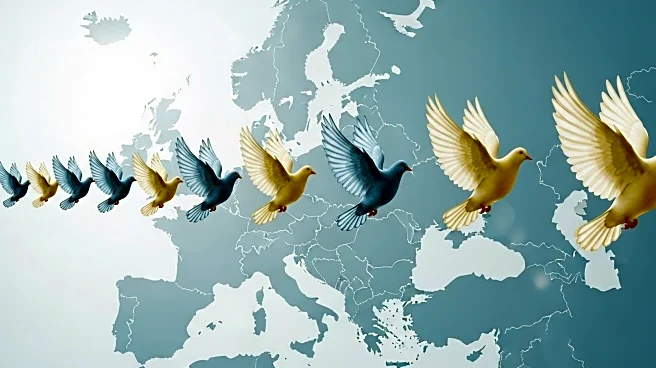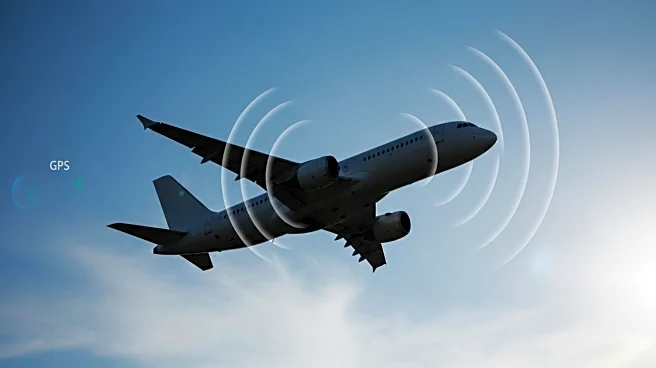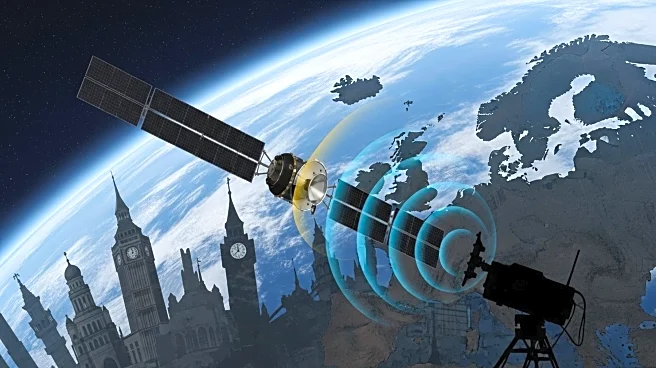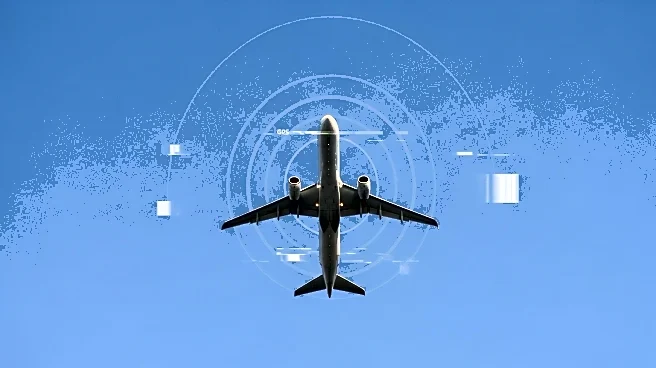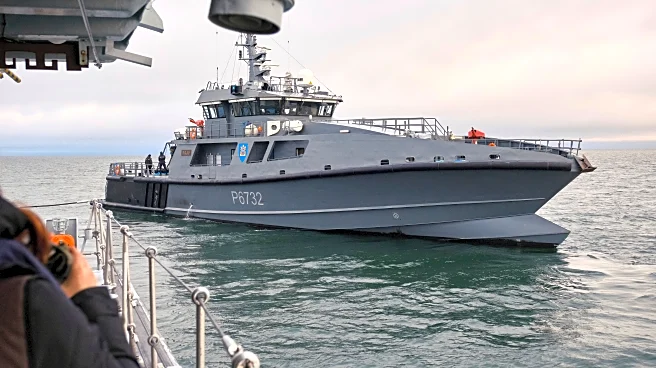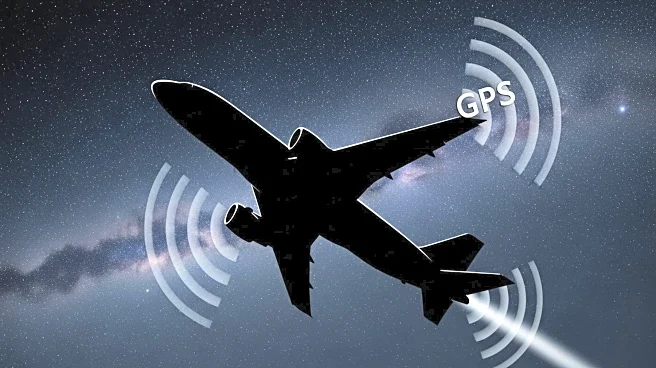What is the story about?
What's Happening?
A new series by The Guardian, titled 'The Aftermath,' examines how nature recovers from human-induced catastrophes. The series explores the resilience of ecosystems in the wake of events such as toxic spills, bombings, and population shifts. It highlights the unexpected ways biodiversity can thrive in areas affected by human intervention. The series includes studies on various landscapes, such as a bombed-out reservoir in Ukraine and abandoned villages in Bulgaria, where nature has adapted and flourished despite previous destruction.
Why It's Important?
Understanding how nature recovers from human catastrophes is crucial for developing strategies to rehabilitate ecosystems in a time of environmental crisis. The series challenges the perception of untouched nature, revealing that human presence has shaped most of the world's biomes for thousands of years. It emphasizes the potential for recovery in damaged landscapes, offering insights into how conservation efforts can be directed towards areas that are not pristine but hold significant ecological value. This perspective can inform environmental policies and conservation strategies, promoting sustainable coexistence with nature.
What's Next?
The series will continue to explore examples of nature's resilience worldwide, examining complex recovery processes in various environments. It aims to provide lessons on rehabilitating ecosystems and highlight the importance of preserving undamaged ecosystems. The findings could influence environmental policies and conservation efforts, encouraging a shift in focus towards areas that have been transformed by human activity but still offer ecological opportunities. The series may also inspire further research into the mechanisms of ecological recovery and adaptation.
Beyond the Headlines
The exploration of nature's resilience raises ethical and philosophical questions about humanity's relationship with the environment. It challenges the notion of pristine nature and highlights the interconnectedness of human and natural systems. The series may prompt discussions on the role of humans in shaping ecosystems and the responsibility to protect and restore them. It also underscores the importance of viewing damaged landscapes as opportunities for ecological innovation and recovery.
AI Generated Content
Do you find this article useful?
